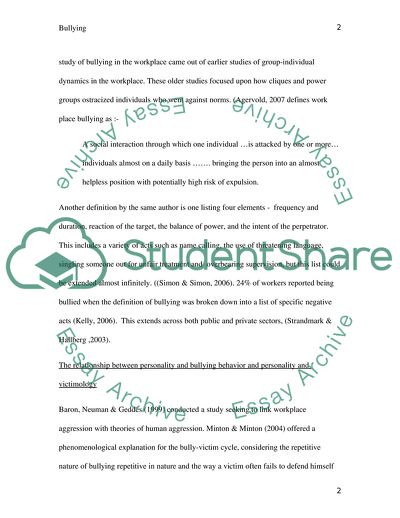Cite this document
(Investigation of Aggression and Bullying Literature review, n.d.)
Investigation of Aggression and Bullying Literature review. https://studentshare.org/social-science/1744468-impactof-bullyingin-the-workplaceliterature-review
Investigation of Aggression and Bullying Literature review. https://studentshare.org/social-science/1744468-impactof-bullyingin-the-workplaceliterature-review
(Investigation of Aggression and Bullying Literature Review)
Investigation of Aggression and Bullying Literature Review. https://studentshare.org/social-science/1744468-impactof-bullyingin-the-workplaceliterature-review.
Investigation of Aggression and Bullying Literature Review. https://studentshare.org/social-science/1744468-impactof-bullyingin-the-workplaceliterature-review.
“Investigation of Aggression and Bullying Literature Review”. https://studentshare.org/social-science/1744468-impactof-bullyingin-the-workplaceliterature-review.


